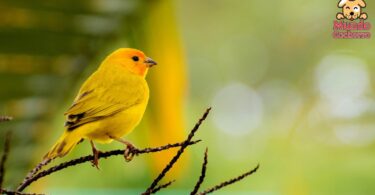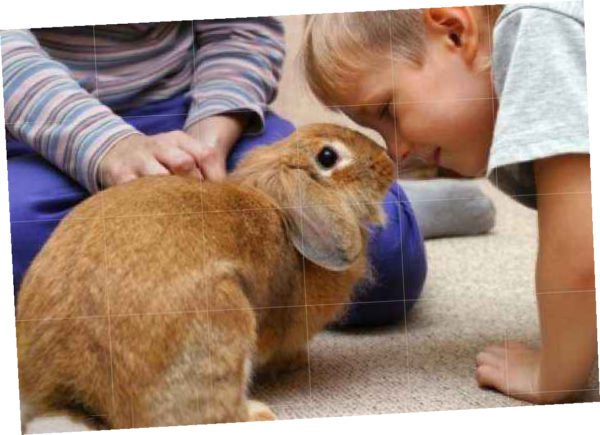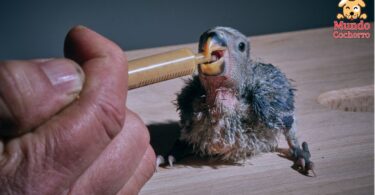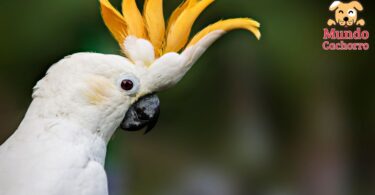Birds make great pets for many households. But we must not forget that it is a living being that needs certain care to develop in a good way and have a happy and harmonious life. For example, it should be taken into account that a bird’s beak wears out naturally when living in the wild, but when living in captivity things may be different.
Indice
That is, in some cases birds living in a house may need to have their beaks trimmed. However, it must also be said that this is not a recommended practice, but in cases where it is necessary, it should be carried out by a professional experienced in poultry management.
In fact, a bird’s beak is a vital part of its body. This is because it allows them to feed themselves, manipulate objects, defend themselves and perform other essential functions in their daily lives.
When to trim a bird’s beak
There may be situations in which a bird’s beak grows abnormally or has an injury that affects it. For example, on occasions when abnormal growth makes it difficult for the bird to eat or drink properly.
In any case, whenever you notice something extraordinary in your bird, it is recommended that you seek the opinion of an expert. See a veterinarian, who will be able to properly assess the situation and make the right decision for the bird’s well-being. Some specialists recommend that beak trimming should be a last resort. In addition, it must be done with care to avoid causing unnecessary damage or stress to the bird.
Underlying diseases
Occasionally, excessive growth of a bird’s beak may be due to underlying diseases. That is why the veterinarian’s opinion is very important.
On the other hand, it should be known that the blood supply in an overly large peak tends to be even longer than in a normal peak. What this means is that there is a significant risk of inducing bleeding when too large a peak is trimmed. As a result, owners should never try to trim the beaks of their birds at home.
The practitioner can opt for several ways to trim the beak if necessary. One of the most common methods is with a special drill for this purpose. In these cases, the bird is usually wrapped in a towel while a person holds it gently. The beak trimmer will use the sides of a cone-shaped grinding stone bit to grind off the tip of the beak bit bit by bit.
Always make sure not to overload the bird. Also keep in mind not to drill so deep that the drill bit gets too hot. Care must be taken not to trim the beak too much, or the drill may hit the blood vessel and nerves, causing bleeding and severe pain.
In some smaller species such as budgerigars, finches and cockatiels, trimming with a nail file may work well.
Image courtesy of https://pixabay.com, all rights reserved.







